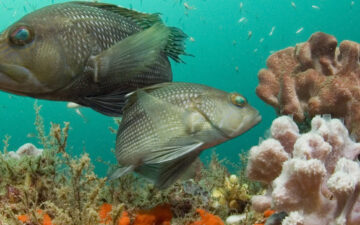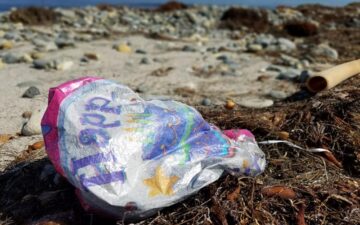Women in the Water — Part II: Eye on the Horizon
To wrap up Women’s History Month, we bring you Part II of our Women in the Water series! We are honored to be in the company of such brilliant and passionate women and to hear about their amazing experiences as conservationists in the marine world. While there evidently are still battles to be fought, these women are making waves, and empowering and inspiring others to do the same.
Use #WomenInTheWater and @oceanfdn on Twitter to join in the conversation!
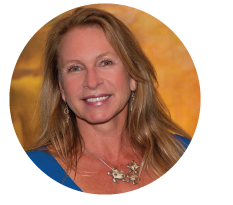 |
Vicki Goldstein |
|---|---|
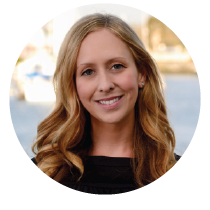 |
Frances Kinney |
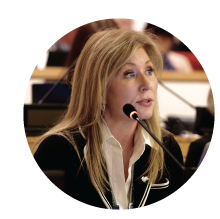 |
Peggy Kalas |
 |
Laura Martínez Ríos |
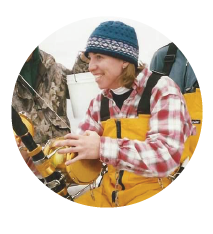 |
Shana Miller |
Ocean and science related careers are often male dominated. Have you met any prejudice as a woman in a professional environment?
Peggy Kalas
I think almost all professional women have experienced some form of prejudice in the workplace. It is endemic; it exists everywhere – in the private, public, and non-profit sectors. I think as women we have to get better at supporting each other, whether it’s maternity and leave policies or mentorships. While we all acknowledge the importance of supporting other women, it’s not always the reality. What is happening now though feels different. I think we are finally crossing an important threshold for real change. And I have to add that in my own organization, women outnumber men 3 to 1!
Laura Martínez Ríos
In many of the meetings with government officials, it is common for the number of women to be minimal. In some cases, I was the only woman or one of few. In the first years of the 2000s, there were only male director in many of the environmental organizations. At that time, some politicians were not only contemptuous [of women], but also for [having a woman] represent an environmental organization. I remember many times, the comment that working for the environment was “just a fad”.
Shana Miller
Oftentimes when I attend tuna science meetings, I’m one of only a handful of women in a roomful of people. The lead managers of international governments are typically men. Almost all fishermen and their lobbyists/representatives are men. The problems highlighted by the #MeToo movement are shamefully alive and well in fisheries, and I’m one of the many women in the field who have been a victim. However, rather than letting it compromise me or my effectiveness at my job, I’ve used these experiences to grow a thicker skin, keep my head held high and fight even harder. That (and doing my homework!) earn the respect of most of my colleagues and adversaries.

Every region has unique cultural norms and constructs around gender. Can you recall a specific instance where you had to adapt and navigate these differing societal norms as a woman?
Laura Martínez Ríos
We were a small group of people in Morocco, ready to participate in a UNESCO meeting regarding a project planned to be done in Laguna San Ignacio, a whale sanctuary. Even though we received the invitation to assist, we asked to be heard, and the people in charge agreed that my sister talk on our behalf, at the last minute (as this was a Muslim country) they did not let her talk. So instead of her, Mark Spalding had to do the talking. It was very frustrating, but it also made me realize how difficult is to be a woman in other societies and how lucky we were to be born in a society that lets us be whatever we want.
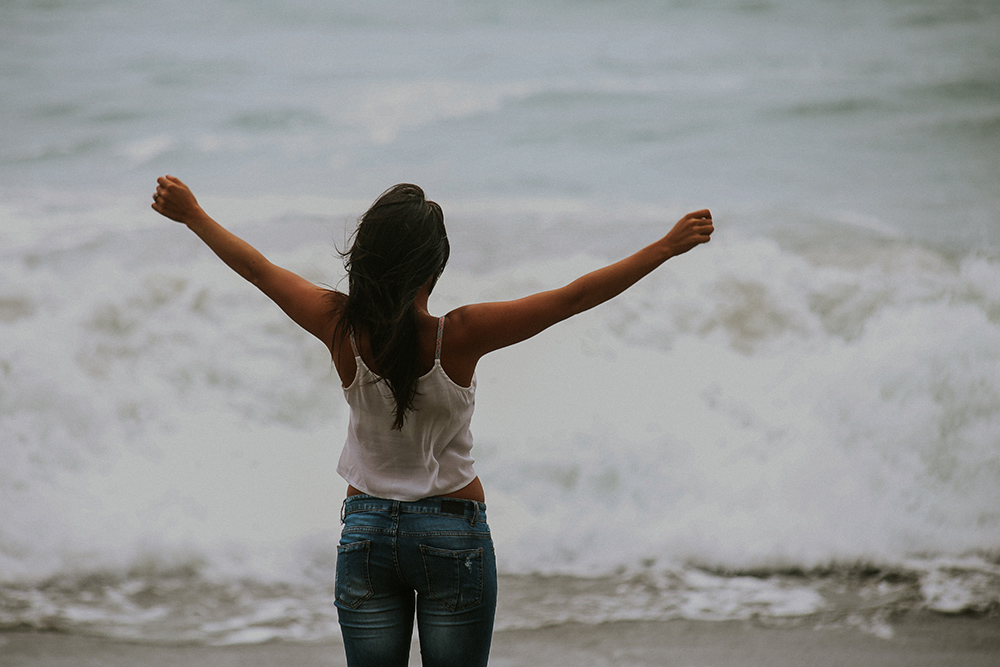
What do you think needs to be done to bring more young women into the fields of science and conservation?
Peggy Kalas
Education [needs to change] from the youngest levels onward— STEM (science, technology, engineering, and mathematics) programs that focus on girls (after school, weekend, and summer programs [along with] competition programs geared towards girls and young women). There are some good models out there, but we need to do more.
Frances Kinney
I made my way into this career path through incredible mentorship from brilliant role models, and I think it is up to all men and women to help encourage and elevate women into science and conservation careers. Mentorship has an incredible power to transform and inspire young people. As scientists and conservationists, we can help catalyze future generations to protect ocean health.
Shana Miller
Passions start early. Continued investments in STEM education are vital. I have 9 and 11-year old kids – both boys – and the focus on science, especially for girls in their grades, is much greater than when I was a kid. When asked about their career aspirations, many of the girls say that they want to be obstetricians, chemists, aerospace engineers, and of course, marine biologists. Not only do they know that they want to work in science, but they even know which specialties interest them. The extracurricular activities and summer programs available to girls help to solidify those interests into passions and hopefully one day into careers. Hopefully by the time those girls are pursuing their careers, the U.S. will have parental leave allowances on par with the rest of the world. I didn’t have a single day of maternity leave after the birth of my kids. I don’t know any mothers in the sciences or environmental conservation who took more than 12 weeks. Until this country can manage the work-life balance better, the sad truth is that women like myself who put their children first will have trouble advancing in the sciences. Many women manage it, but not without facing many challenges and making considerable sacrifices (including sleep!).

Why is it important, now (in the current political climate), for women to be well represented in the conservation field?
Frances Kinney
Women’s voices needs to be heard at every level of government and at every level of the conservation field. There are so many different ways to work within the field of conservation, and all of it matters tremendously. Each of the different puzzle pieces – science, education, advocacy, restoration, and more – are essential to conserving ocean resources in the long-term. It is more important than ever for women to be well represented in the conservation field, and the entire global workforce.
Laura Martínez Ríos
Because women are more inclusive, they see the picture more widely. In the case of politics, they consider problems from various angles and from different perspectives, including in a more human way. Women have a better disposition to work together. In this era in which borders are becoming less clear and now that it has become clear that caring for the planet is everyone’s responsibility, it is the best moment in which women can achieve more significant changes. I believe that women [have] a natural inclination towards the care of our families, the well-being of our people, and the quality of life, which when translated into care for the environment, can mean better policies and long-term actions.
Shana Miller
2018 has been dubbed the “Year of the Woman”. The UN established International Women’s Day in 1975, but I never heard anyone talk about it until this year. The Women’s March, #MeToo, and She Should Run movements are changing the dialogue and empowering women. Some of history’s most famous conservationists are/were women – Dian Fossey for gorillas, Jane Goodall for chimpanzees, Cynthia Moss for elephants, and Rachel Carson, author of Silent Spring. We women must continue to follow in their footsteps and lead conservation efforts. They were able to combat gender norms to make a difference, and they, among others, have given women a louder and more confident voice today. It is our responsibility to use that voice to protect our environment. Our futures – and those of our children and our children’s great grandchildren – depend on it. Quoting the recent meme, there is no Planet B.
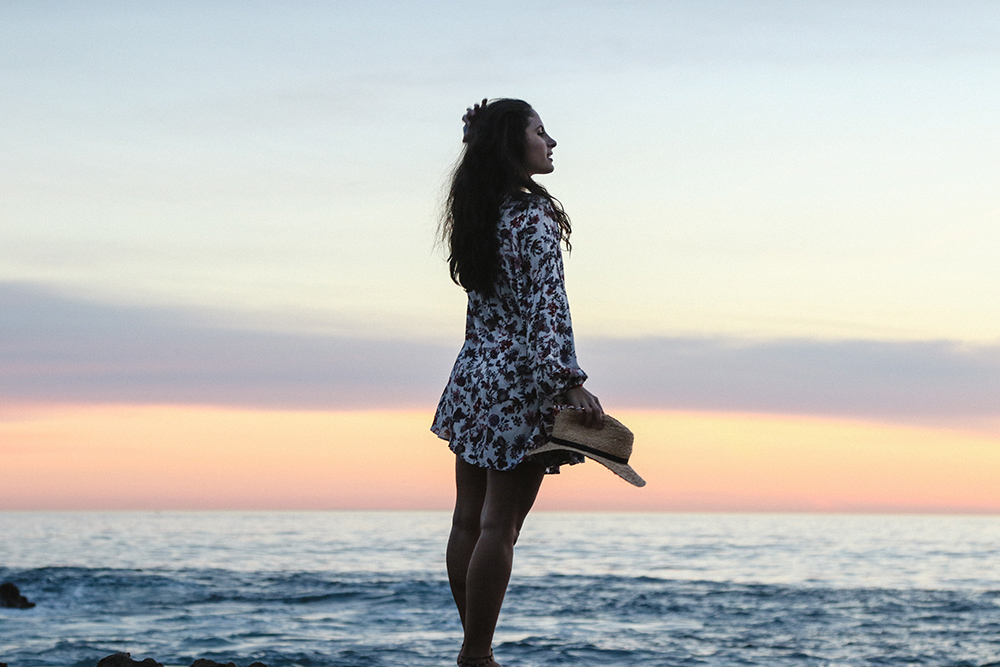
To young women just getting started in this field of marine conservation, what’s the one thing you want us to know?
Vicki Goldstein
Don’t be intimidated! Remember that we all started with a dream, and in order to get where you want to be, you will be taking lots of baby steps. Connected to this – spend time with people that you admire and understand where they came from and the various educational and career steps that they took. A great way to do this is to volunteer or intern with the organization you want to be a part of. Keep in mind that there are many leaders in organizations, agencies, and institutions, so don’t just look at the top tier.
Peggy Kalas
It can be highly competitive to get that first job; I tell everyone that one of the best ways to get a foot in the door is to undertake an internship. My other piece of advice for every young woman starting out, regardless of career choice, is not to hide your light. One of my favorite quotes is “our deepest fear is not that we are inadequate. Our deepest fear is that we are powerful beyond measure…And as we let our own light shine, we unconsciously give other people permission to do the same. As we are liberated from our own fear, our presence automatically liberates others.” So don’t do be afraid to shine and be who you were meant to be.
Laura Martínez Ríos
There are no limits to what women can do. There is no reason not to achieve [your] dreams and goals. We have everything necessary – head, heart, and strength – to get where we propose. It may not be easy, but it’s worth it!
Shana Miller
Many of us go into marine conservation because we love the ocean. We want to scuba dive, frolic with dolphins, or fish for giant tunas. But the reality is that most of us in marine conservation don’t have such glamorous days on the job – we sit at computers, typing policy statements and campaign plans, and then talk them over on endless conference calls and then fight for them at meetings. Since tuna swim in over 90% of the world’s oceans, the meetings I attend are often in exotic locales straight out of travelers’ dreams. In the last several years, I’ve been to Australia, New Zealand, Morocco, Ghana, South Africa, South Korea, Italy, Portugal, Belgium, Micronesia, the Marshall Islands and Spain more times than I can count. I’m highly migratory, just like a tuna. But more often than not, I don’t see much more than my hotel and the inside of a meeting room. Therefore, my advice to young women entering marine conservation is to remember to stop and smell the saltwater. Always take time to get out in the field, even if it’s on vacation, to reconnect with your original passion for the ocean and the wonders that dwell there. A day out on the water is enough to remind me why I’m working so hard, and it reinvigorates me for the next battle.
Thank you to our project leaders, Vicki, Frances, Peggy, Laura, and Shana who contributed to this series! In case you missed it, read Women in the Water: Part I – Diving In.


